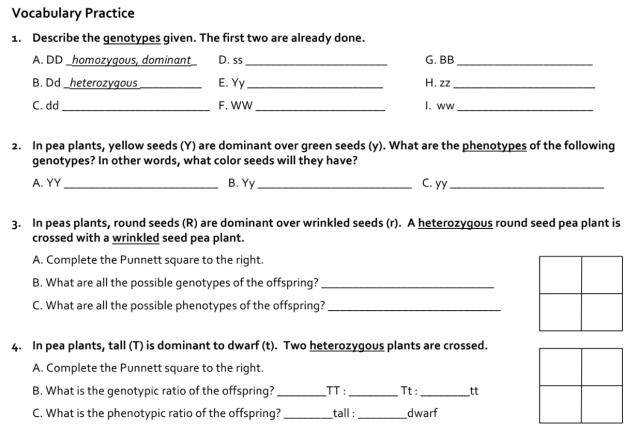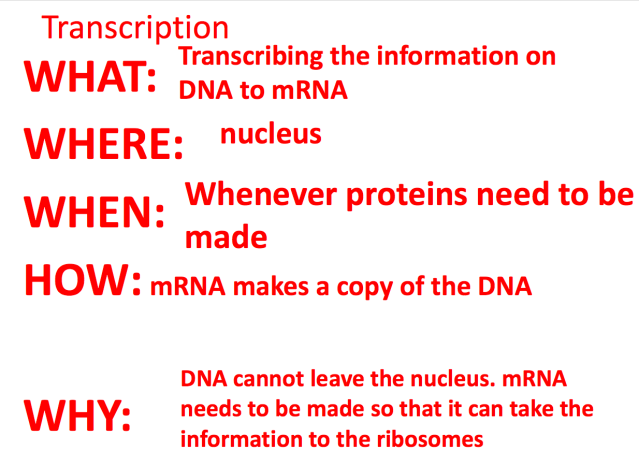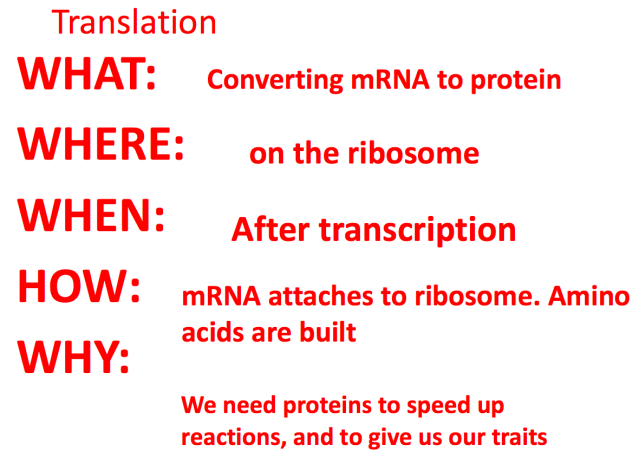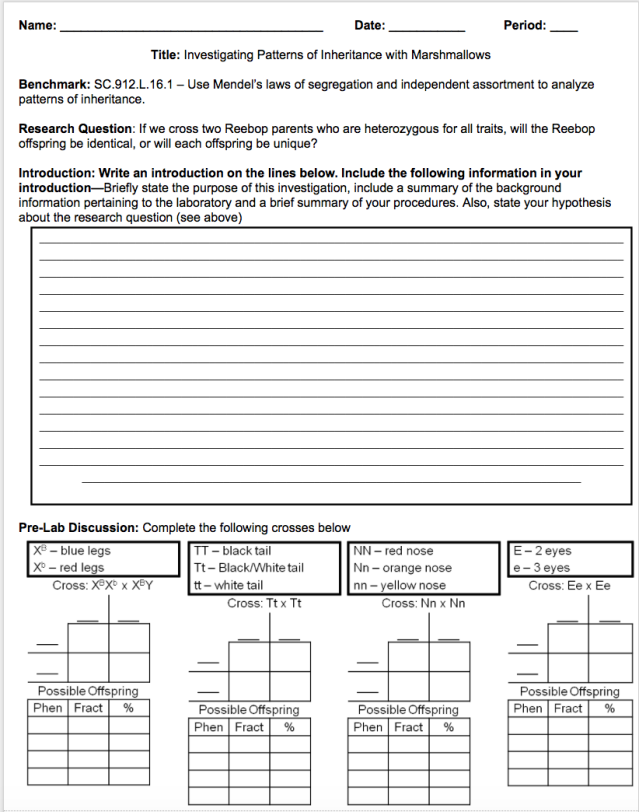MUST FULLY ANSWER ALL 8 QUESTIONS FOR CREDIT!!!!
Part 1: Pedigrees
Use the pedigree chart to answer the following questions 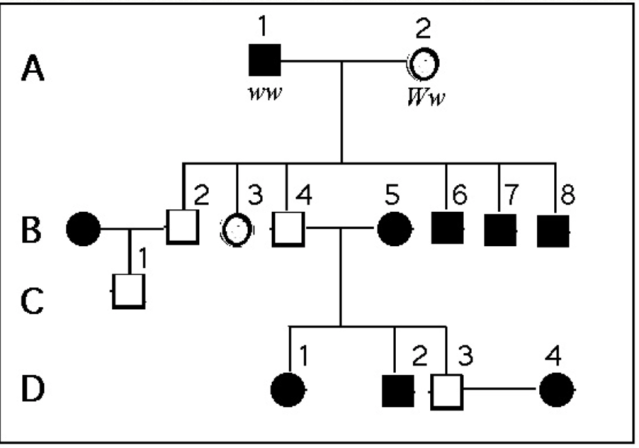
- Is this a recessive or dominant disorder?
- Is this disorder sex linked or autosomal?
- Based on this, what is the genotype of person 5 in the B generation?
Part 2: Punnett Squares
4. A tall pea plant with purple flowers has the genotype TtRr This plant is crossed with another tall pea plant with white flowers, having the genotype Ttrr. What is the probability of getting dwarf plants with white flowers in the F1 progeny? Make sure to show your work using a punnett square.
5. If a man with blood type A and a woman with blood type B produce an offspring, what are the possible blood types that their child could have?
| Blood Types |
|
| Blood Type |
Combination of Alleles |
| A |
IAIA or IAi |
| B |
IBIB or IBi |
| AB |
IAIB |
| O |
ii |
Based on this information, which of the following blood types are possible for their offspring to inherit. Make sure to show your work using a punnett square.
PART 3: DNA 6. During the cell cycle, before a cell goes through mitosis, which of the following processes must be completed, and in which phase of the cycle? Explain why.
A. Transcription; during M-phase
B. Replication; during S-phase
C. Replication; during G1-phase.
D. Transcription; during G2-phase.
7. What is the next step in DNA replication after the strands are separated by the enzyme helicase? Explain why.
A. DNA polymerase adds new complementary nucleotides.
B. Enzymes copy two new strands that match the two original strands.
C. Enzymes break down the hydrogen bonds between base pairs.
D. DNA polymerase “proofreads” each strand to make sure the sequence is correct.
8. Use the chart and your knowledge of biology to help you answer the following question. Which DNA sequence will produce a mRNA codon that codes for the amino acid valine?
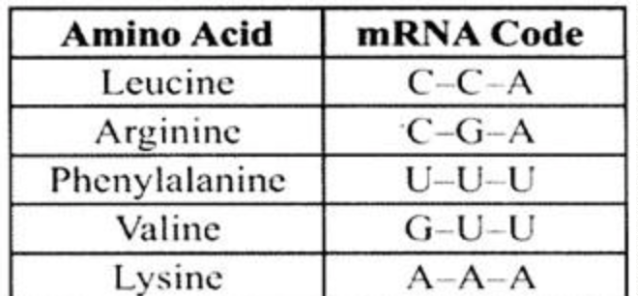
A. T-G-G B. G-A-T
C. C-G-A D. C-A-A


